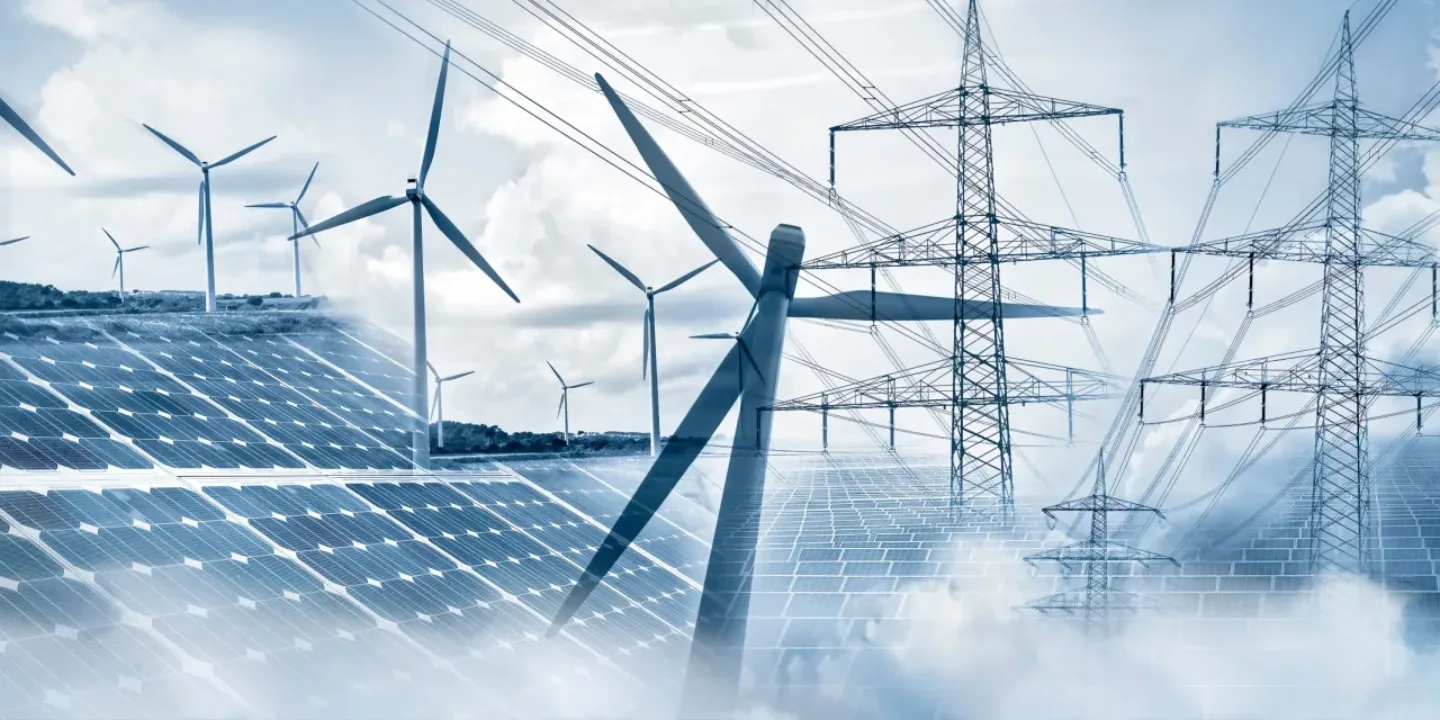

The draft law, which is to enable the creation of acceleration zones, which we informed you about some time ago here, is heading to the inter-ministerial comment procedure. In early July, a paragraphed version of the government’s draft law on the acceleration of the use of renewable energy sources was published[1] (“RESZ“), which you can read here. Inter-ministerial comment procedure shall be accomplished on July 31st, at the latest.
The draft law provides for the transposition of relevant European Union Directives[2], including, inter alia, Directive (EU) 2018/2001 of 11 December 2018 on the promotion of the use of energy from renewable sources, as amended by Directive 2023/2413 (“RED III Directive“).
The designation of areas for the use of renewable energy sources is intended to accelerate the deployment of renewable energy. These will be defined for facilities for the conversion of solar and/or wind energy into electricity, their direct connection to the distribution or transmission grid, including possible on-site energy storage facilities. Efforts to accelerate the deployment of renewable energy sources have also been reflected in the shortening of decision-making deadlines in the RESZ. The building authority must decide on a planning application within 60 and in some cases 30 days, and these deadlines cannot be extended.
Whereas today, in most cases, of development of photovoltaic plants or wind power plants, an Environmental Impact Assessment (“EIA“) is required, the new legislation will allow this phase to be omitted. The application for project authorization will be submitted to the competent building authority, which will obtain the necessary binding opinions. Alternatively, the applicant will be able to request the opinions in advance. If the project will not have a significant adverse effect on the environment the project can be exempted from the EIA process.
If it is not possible to rule out significant adverse environmental effects of the project, it will still be possible to avoid the EIA, specifically through the implementation of additional conditions or mitigation measures. These conditions and measures will be found in the zoning measure that identifies them and that will be issued for each acceleration zone. If the project fulfils these conditions or if the applicant implements measures to mitigate adverse environmental and public health impacts, a single environmental opinion will again be issued by the construction authority without an EIA process. If, on the other hand, the construction authority considers that an EIA is necessary, it will issue a decision to that effect and, as under the current state of the legislation, will initiate the EIA process.
We will continue to monitor the legislative process and we will inform you about the results of the inter-ministerial comment procedure and any changes to the proposed text of the ZOZE.
We are at any time here for you in case of your questions – not only on this topic.
[1] Draft Act on accelerating the use of renewable energy sources and amending related acts (Act on accelerating the use of renewable energy sources)
[2] Directive (EU) 2023/2413 of the European Parliament and of the Council of 18 October 2023 amending Directive (EU) 2018/2001, Regulation (EU) 2018/1999 and Directive 98/70/EC as regards the promotion of energy from renewable sources and repealing Council Directive (EU) 2015/652

bpv BRAUN PARTNERS provided legal advice and assistance to Plzeňský Prazdroj, a.s. in negotiations with QLS Assets a.s. on a "joint venture" with a total value of approx. half a billion CZK regarding the creation and operation of the "Pilsner Urquell Experience".

JUDr. Ondrej Poništiak, Ph.D. has become a new partner of bpv BRAUN PARTNERS with effect from 1 January 2023.